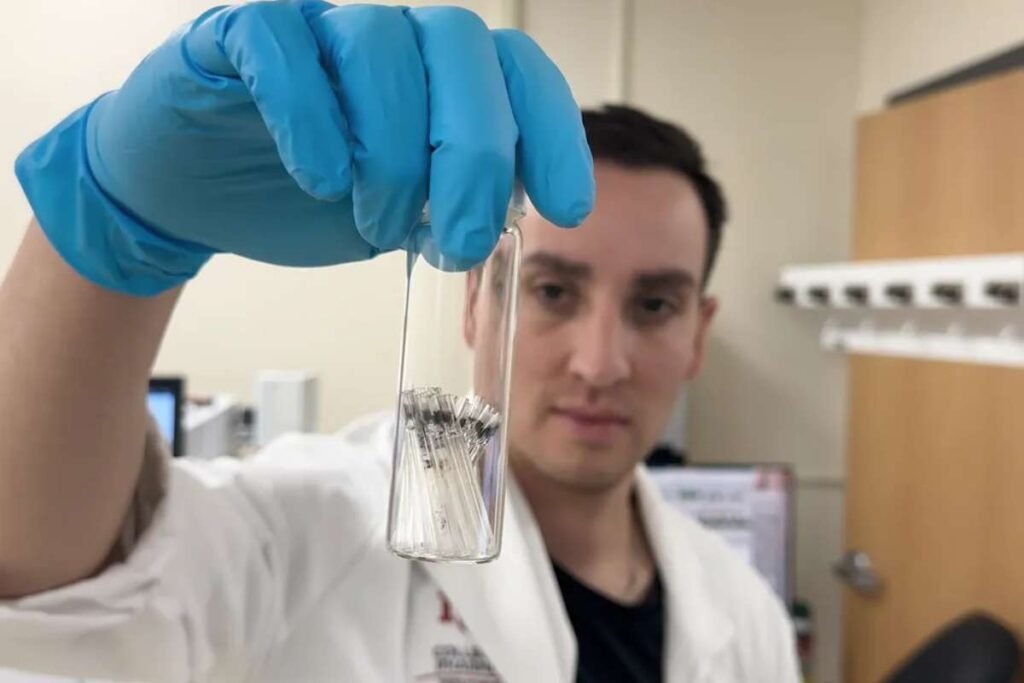Microplastics in Human Brain Tissue Found It is a Alarming Level
A recent study has found that the human brain may contain significantly high levels of microplastics in human brain tissue compared to other organs in the body. Researchers from the University of New Mexico Health Sciences Center, Oklahoma State University, Duke University, and La Universidad del Valle Cali in Colombia analyzed brain, liver, and kidney samples from 47 cadavers. Their findings, published in Nature Medicine on Monday, revealed that brain samples contained nearly ten times more microplastics than other organs. On average, 4,800 micrograms per gram of microplastics were detected in brain tissue, an amount equivalent to the plastic content of a standard spoon.
Dr. Stephanie Widmer, a board-certified medical toxicologist and emergency medicine physician, who was not involved in the study, stated that while the results are concerning, they do not yet warrant immediate alarm. “This is certainly not the first study of its kind,” she said. “We know that microplastics are highly prevalent in our environment, and studies have previously shown their presence in human tissue. However, we still lack a clear understanding of their exact effects on human health.”
Uncertainty Surrounding Health Impacts of Microplastics
Despite the significant presence of microplastics in human brain tissue, researchers remain uncertain about their potential health risks. The study notes that while microplastics are known to accumulate in the body, their specific impact on the bloodstream and brain function is still unclear. Widmer emphasized that although some chemicals in microplastics are believed to have negative effects, more research is required to determine their full implications. “We don’t really know what to make of it yet,” she said, adding that reducing plastic use remains a sensible precautionary measure.
The research also examined brain samples from individuals with dementia and found elevated microplastic levels. It suggested that these particles may accumulate in blood vessel walls and immune cells. However, Widmer stressed that the study does not establish a direct link between microplastics and neurological diseases such as dementia. “The authors are not claiming that microplastics cause dementia,” she explained. “This is simply an observation that requires further investigation.”
Rising Microplastic Levels and Environmental Exposure
The study highlighted a significant increase in microplastics in human brain tissue compared to previous research conducted in 2016, estimating a 50% rise in detected amounts. This suggests an increasing environmental exposure to microplastics over time. Polyethylene, the most common type of plastic—used in packaging, flooring materials, and medical devices—comprised 75% of the microplastics found in brain samples.
While these findings indicate a growing presence of microplastics in human tissues, researchers acknowledged limitations in their detection methods. The study’s small sample size, as well as potential misidentification or omission of smaller plastic particles, suggests that actual levels might be even higher. “This field of research is still in its infancy,” Widmer noted. “While we know the burden of microplastics in human tissue is high, the exact numbers remain uncertain, and further studies are necessary to understand the full implications.”









